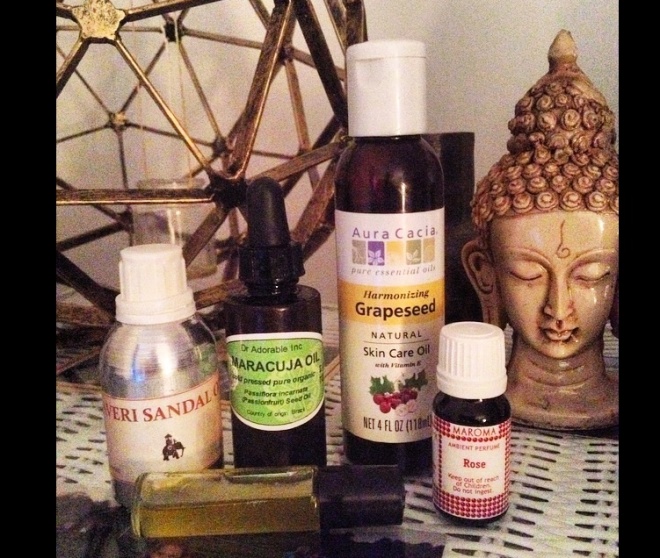Quite possibly my favorite Ayurvedic supplement is Neem Oil. It can be used topically mixed with other essential oils, taken orally in a capsule, the powder can be added to your favorite juice or made into a tea, and even made into a paste and applied to the skin. From healing blemishes to using as a form of birth control, it’s uses go on and on.
I first discovered neem oil when I was trying to find a natural solution for scabies three years ago. As beautiful as Southeast Asia was, it was not the cleanest place in the world, and the persistent little buggers came back home to the states with me. I would take food poisoning any day to these bugs, they made Mosquitos and bed bugs seem mild. I was going crazy with the nonstop itching and had to find a way to get rid of them. The doctor gave me pesticide cream to kill them, but that seemed like getting rid of one problem and exposing myself to another. I went online to do some research, and I’m so grateful I did. I discovered that Neem oil is an insect repellant and also an anti inflammatory, meaning it would help to kill the little buggers while also soothing my skin. I gave it a try and starting adding a few drops of oil to a warm bath, along with some lavender and tea tree oil(the downside of neem is that is smells pretty awful, so mixing it with lavender helps a lot). Additionally, I added a few drops of each to my lotion that I would apply after. I was amazed at the improvement in my skin. Within weeks the scabies were practically gone, and in a month I could finally sleep through the night. I knew I had discovered something amazing.
Once I experienced the power of essential oils, I started experimenting with different ones and learning all the benefits of their use. I started mixing the trio of Neem, Lavendar, and Tea Tree oils into a carrier oil and used it as a facial serum. All three are wonderful for skin problems like acne, eczema, and psoriasis. Neem has antibacterial and antifungal properties, and is rich in antioxidants which fight off free radical invaders that can damage cells, all making it wonderful for the skin.
Because it is antibacterial, when taken in capsule form it works from the inside out on improving skin and can also help fight off parasites in the GI tract. Many dermatologists prescribe antibiotics to people suffering from acne, but taking antibiotics daily increases your risk of antibiotic resistance, making you more susceptible to bacterial infections. Why not take a natural antibacterial that provides a wide variety of benefits?!?

A debatable use of neem oil is it’s use as a form of birth control. In several studies, using neem oil instead of spermicide creams provided almost 100% effectiveness in preventing pregnancy, with the added benefit of protecting against STIs. Neem oil kills sperm within five minutes, causing no side effects to a women’s reproductive system. Neem may even become the first truly effective birth control “pill” for men. Neem leaf tablets ingested for one month produced reversible male antifertility without affecting sperm production or libido. In India and the United States, exploratory trials show neem extracts reduced fertility in male monkeys without inhibiting libido or sperm production. Now I’m not saying to stop whatever form of birth control you are using and switch to neem oil, BUT it is something to think about.
It is important to keep your hormones in good health through a balanced diet, mindfulness/mental awareness, and through regular spiritual practices which are known to harmonize and stimulate hormone production, such as meditation, yoga and other energetic techniques. These all have a very real and profound effect on inducing the release and promoting the proper balance of hormones. Hormonal birth control, although having several benefits, effects the entire endocrine system. It artificially change the balance of hormones in our bodies, starting with the pituitary. The pituitary is the master gland of the endocrine system and affects all the body’s glands. Each of our chakras is associated with a gland, which means that when the pituitary is imbalanced we are disrupting the natural balance of all our body’s chakras. This is why changes in skin, libido, body weight, and mood can all occur when taking hormonal birth control pills.
Chakras and glands:
1. Mooladhara- gonads
2. Swadhisthana- adrenal
3. Manipura- pancreatic
4. Anahata- thymus
5. Visshudi- thyroid
6. Anja- pineal
7. Sahastrara- pituitary, master gland, control over all glands
There are many more uses of Neem Oil, but these are some of my favorites. You can easily find it at health food stores or buy online. There are some great bars of soap that contain neem oil as well!










